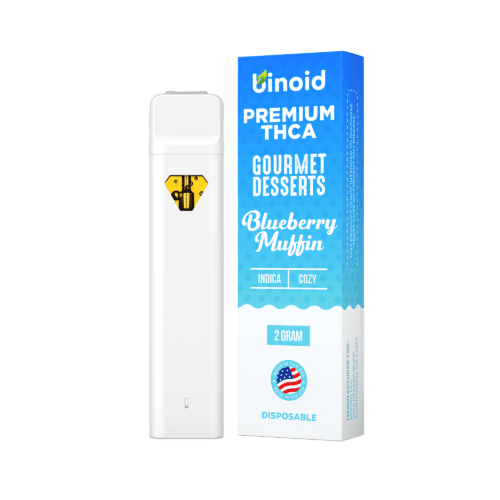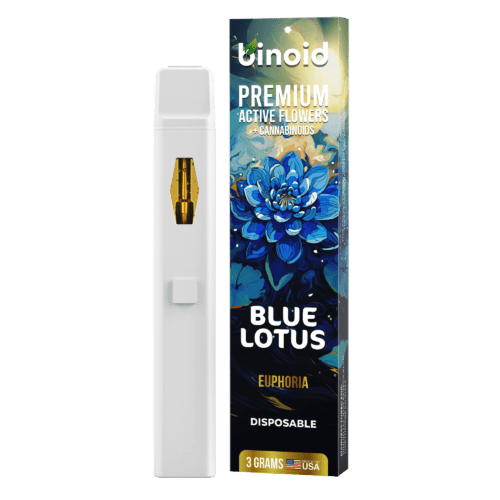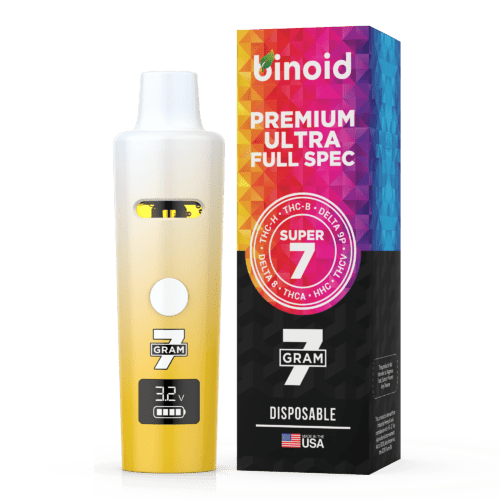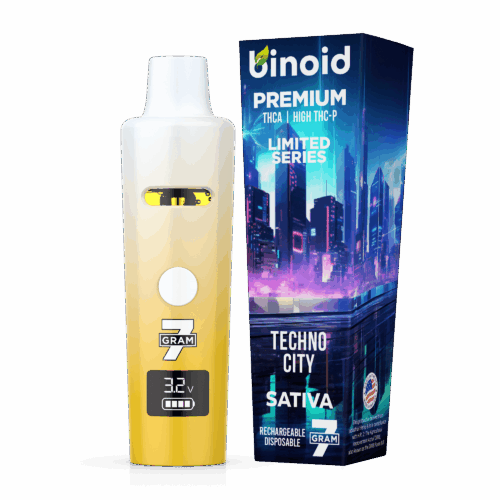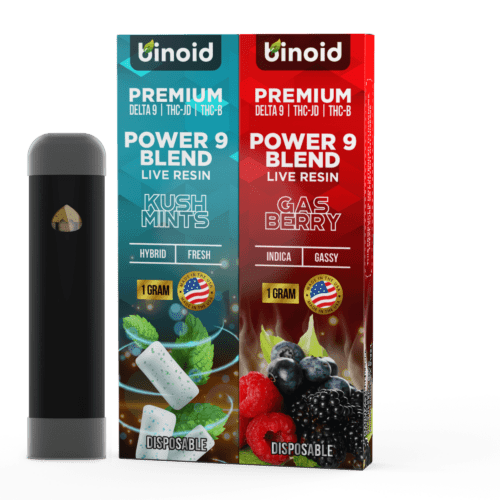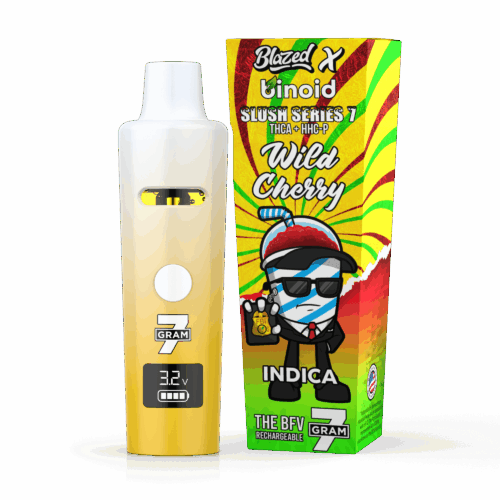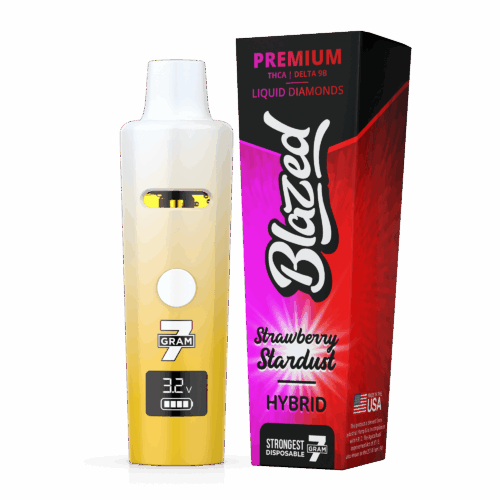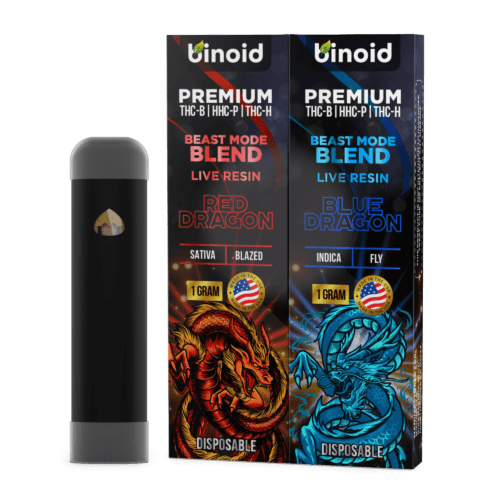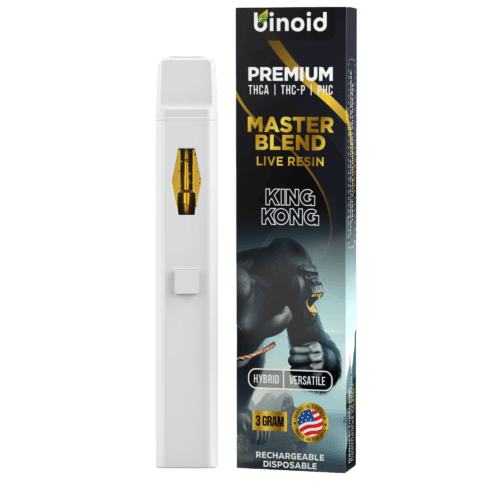An In-Depth Guide to Finding the Right Vape for Your Preferences
Disposable vapes have become a go-to option for cannabis and hemp consumers because they strike a balance between simplicity, portability, and performance. With no buttons, no refilling, and no setup required, they’re an accessible option for beginners and a convenient choice for experienced users.
However, as disposable vapes have grown in popularity, so has the variety. Not all disposables are created equal, and choosing the right one requires more than just picking a flavor or brand name. This guide walks you through every major factor that matters, helping you make an informed decision that leads to a better vaping experience.
To Buy THC Disposable Vape Click Here
Recommended products
What Is a Disposable Vape?
A disposable vape is an all-in-one vaping device that comes pre-filled with oil and pre-charged with a built-in battery. It’s designed to be used immediately and discarded once the oil runs out or the battery is depleted.
What makes disposables especially appealing is their low commitment and ease of use. There’s no learning curve most are inhale-activated, meaning you simply draw from the mouthpiece to activate the device. This simplicity makes disposable vapes ideal for first-time users, occasional vapers, and anyone who values discretion and portability.
1. Start With the Cannabinoid Profile
The cannabinoid profile determines how a disposable vape will make you feel, making it one of the most important aspects to consider.
Different cannabinoids interact with the body in unique ways, and understanding these differences helps you avoid an experience that’s too weak or too intense. Options like THCA, Delta-8, Delta-9, HHC, THC-P, and CBD each offer distinct effects.
Before choosing a THC disposable, consider why you’re vaping: relaxation, creativity, focus, stress relief, or sleep, and select a cannabinoid profile that aligns with your goals.
2. Pay Attention to Potency
Potency goes beyond percentages on a label, it’s about how the vape feels in real use.
High-potency disposables can deliver strong effects quickly, which may appeal to experienced users but overwhelm beginners. Lower-potency options allow for more gradual sessions and easier control.
The best disposable vape is one that lets you pace yourself comfortably, delivering consistent effects without feeling overpowering.
3. Look Closely at Terpene Quality
Terpenes shape a vape’s flavor, aroma, and overall character. They also influence how the experience feels, uplifting, calming, or grounding.
High-quality THC disposables use live resin, live rosin, or cannabis-derived terpenes to preserve strain authenticity. Poorer products may rely on artificial flavoring, which can taste harsh or one-dimensional.
If flavor matters to you, prioritize disposables that emphasize natural terpene preservation.
4. Evaluate the Hardware Quality
Even premium oil can be ruined by poor hardware. A well-designed disposable ensures smooth airflow, even heating, and reliable performance throughout its lifespan.
Look for features like rechargeable batteries, leak-resistant construction, and balanced airflow. Good hardware preserves flavor, prevents clogging, and reduces wasted oil.
Recommended products
5. Choose the Right Size and Oil Capacity
Disposable vapes come in various sizes, typically ranging from smaller half-gram options to multi-gram devices.
Smaller disposables are great for trying new strains or occasional use, while larger ones offer better value for frequent vapers. Choosing the right size helps avoid waste and ensures the vape fits your consumption habits.
6. Always Verify Lab Testing
Third-party lab testing is one of the most critical factors when choosing a disposable vape, yet it’s often overlooked. A Certificate of Analysis (COA) confirms that what’s listed on the label matches what’s actually inside the device and that the product is safe to use.
Reputable brands test for cannabinoid potency, terpene content, and contaminants such as pesticides, heavy metals, residual solvents, and microbes. This transparency protects consumers from mislabeled or low-quality products.
When reviewing lab results, look for recent test dates, full-panel screening, clear cannabinoid breakdowns, and batch numbers that match the product. If lab results are missing or hard to access, it’s usually best to choose a different brand.
7. Match the Vape to Your Lifestyle and Routine
The best disposable vape isn’t just about potency or flavor; it’s about how it fits into your daily life.
Think about when and where you’ll use it. Daytime users often prefer lighter, balanced effects, while evening users may gravitate toward more relaxing options. Social settings tend to call for smoother, moderate-effect vapes, while solo sessions may allow for stronger or more personalized choices.
Portability, discretion, tolerance level, and session style all matter. Some users enjoy short, powerful draws, while others prefer slow, flavorful sessions. A disposable that aligns with your routine feels natural, reliable, and enjoyable every time.
Final Thoughts
Choosing the best disposable vape isn’t about chasing the strongest product; it’s about finding the right balance of cannabinoids, potency, terpene quality, and hardware reliability.
By understanding what to look for and paying attention to lab testing and lifestyle fit, you can confidently select a disposable vape that delivers consistent effects and smooth flavor.
When chosen thoughtfully, disposable vapes remain one of the most convenient and enjoyable ways to experience cannabis or hemp-derived products today.


